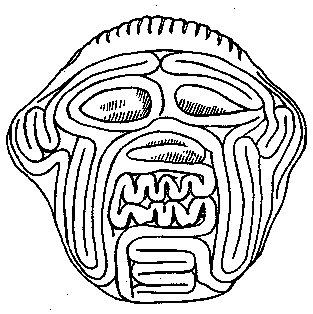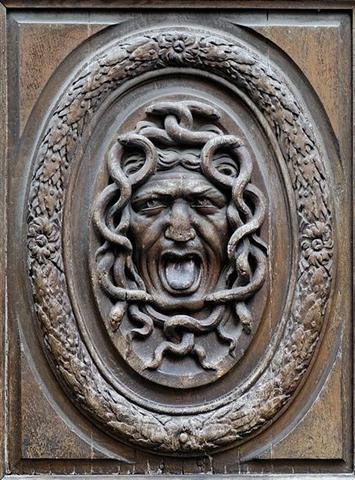|
584
65 The current day zero was no longer perceived to be up at the norh pole star Vega but at Sirius south of the equator.
Although currently the Southern Cross at the opposite side of the sky equator was the complementary constellation to be used as a contrast to Ursa Minor. ... Whittier said, in his Cry of a Lost Soul: 'The Cross of pardon lights the tropic skies'; which is correct for our day, as it is not now entirely visible above 27º 30' of north latitude. It was last seen on the horizon of Jerusalem - 31º 46' 45'' - about the time that Christ was crucified. But 3000 years previously all its stars were 7º above the horizon of the savages along the shores of the Baltic Sea, in latitude 52º 30' ... Von Humboldt adds: The two great stars, which marks the summit and the foot of the Cross, having nearly the same right ascension, it follows that the constellation is almost perpendicular at the moment when it passes the meridian. This circumstance is known to the people of every nation situated beyond the Tropics or in the southern hemisphere. It has been observed at what hour of the night, in different seasons, the Cross is erect or inclined. It is a time piece, which advances very regularly nearly four minutes a day, and no other group of stars affords to the naked eye an observation of time so easily made. How often have we heard our guides exclaim in the savannahs of Venezuela and in the desert extending from Lima to Truxillo, 'Midnight is past, the Cross begins to bend' ... Crux lies in the Milky Way, - here a brilliant but narrow stream three or four degrees wide, - and is noticeable from its compression as well as its form, being only 6º in extent from north to south, and less in width, the upper star a clear orange in color, and the rest white; the general effect being that of a badly made kite, rather than a cross ... ... Take the lower part of a gourd or hula drum, rounded as a wheel (globe), on which several lines are to be marked and burned in, as described hereafter. These lines are called na alanui o na hoku hookele, the highways of the navigation stars, which stars are also called na hoku ai-aina, the stars which rule the land. Stars lying outside these three lines are called na hoku a ka lewa, foreign, strange, or outside stars. The first line is drawn from Hoku-paa, the fixed or North Star, to the most southerly star of Newe, the Southern Cross. (This hour circle coincides with the meridian on an evening in June, when it would divide the visible sky into halves.) The portion (of the sky) to the right or east of this line (the observer is evidently assumed to be facing north) is called ke ala ula a Kane, the dawning or bright road of Kane, and that to the left or west is called ke alanui maawe ula a Kanaloa, the much-traveled highway of Kanaloa. (Kane and Kanaloa were important gods in the Polynesian pantheon, Kane being associated with light, Kanaloa with darkness.) Then three lines are drawn east and west, one across the northern section indicates the northern limit of the Sun (corresponding with the Tropic of Cancer) about the 15th and 16th days of the month Kaulua (i.e., the 21st or 22nd of June) and is called ke alanui polohiwa a Kane, the black-shining road of Kane. The line across the southern section indicates the southern limit of the Sun about the 15th or 16th days of the month Hilinama (December 22) and is called ke alanui polohiwa a Kanaloa, the black-shining road of Kanaloa. The line exactly around the middle of the sphere is called ke alanui a ke ku'uku'u, the road of the spider ... ... Snorri Sterluson explains why 'Frodi's grist' is a kenning for gold. Frodi ruled during a peaceful and productive period, contemporaneous with Augustus's Pax Romana and the birth of Christ; hence the kenning. There were neither thieves nor robbers during this period, 'so that a gold ring lay long on Jalang's heath'. Snorri continues his account with the legend of the mill beyond what is told in the song: The girls' grinding produced an army hostile to Frodi. On the very day of the girls' predictions, the sea-king, Musing (Son of the Mouse), landed o the Danish shore, killed Frodi, and took away Grotti and the women on his ship. The girls were bidden to grind out salt on the mill. At midnight they asked for further instructions. 'Keep grinding', he told them. Then they ground with such vigor that the ship sank. Water poured into the eye of the mill, creating the maelstroem of the sea. Therefore the sea was salt. Incidentally, the mill was given a kenning, Serpent's Couch ...
It was midnight when they asked for further instructions and the new instructions might have implied a change from *328 (Nashira) to *101 (Sirius) = *227 → 22 / 7 (π) → July 27 (208 = 181 + 27). Whereas the C text on side b evidently was designed to begin at the First Point of Aries, at *27 (Sheratan) in the day after Polaris (*26). And this was 3 days earlier than the earlier Hamal (*30). ... Strassmeier and Epping, in their Astronomishes aus Babylon, say that there its stars formed the third of the twenty-eight ecliptic constellations, - Arku-sha-rishu-ku, literally the Back of the Head of Ku, - which had been established along that great circle milleniums before our era; and Lenormant quotes, as an individual title from cuneiform inscriptions, Dil-kar, the Proclaimer of Dawn, that Jensen reads As-kar, and others Dil-gan, the Messenger of Light. George Smith inferred from the tablets that it might be the Star of the Flocks; while other Euphratean names have been Lu-lim, or Lu-nit, the Ram's Eye; and Si-mal or Si-mul, the Horn star, which came down even to late astrology as the Ram's Horn. It also was Anuv, and had its constellation's titles I-ku and I-ku-u, - by abbreviation Ku, - the Prince, or the Leading One, the Ram that led the heavenly flock, some of íts titles at a different date being applied to Capella of Auriga. Brown associates it with Aloros, the first of the ten mythical kings of Akkad anterior to the Deluge, the duration of whose reigns proportionately coincided with the distances apart of the ten chief ecliptic stars beginning with Hamal, and he deduces from this kingly title the Assyrian Ailuv, and hence the Hebrew Ayil; the other stars corresponding to the other mythical kings being Alcyone, Aldebaran, Pollux, Regulus, Spica, Antares, Algenib, Deneb Algedi, and Scheat ...
471 (April 16) → 1½ * 314 (→ π) = 365 + 106 = 100 (April 10) + 6 = 112 (April 22) - 6. .. About Carmenta we know from the historian Dionysus Periergetis that she gave orcales to Hercules and lived to the age of 110 years. 110 was a canonical number, the ideal age which every Egyptian wished to reach and the age at which, for example, the patriarch Joseph died. The 110 years were made up of twenty-two Etruscan lustra of five years each; and 110 years composed the 'cycle' taken over from the Etruscans by the Romans. At the end of each cycle they corrected irregularities in the solar calendar by intercalation and held Secular Games ... For in Roman times the Egyptian influence was strong and south of the Mediterranean the direction 'up' was perceived as being in the southern mountains, with Sirius announcing when the Nile would rise. ... The Sothic cycle was based on what is referred to in technical jargon as 'the periodic return of the heliacal rising of Sirius', which is the first appearance of this star after a seasonal absence, rising at dawn just ahead of the sun in the eastern portion of the sky. In the case of Sirius the interval between one such rising and the next amounts to exactly 365.25 days - a mathematically harmonious figure, uncomplicated by further decimal points, which is just twelve minutes longer than the duration of the solar year ...
And in the A text we have now, tentatively, identified the corresponding parallel text around Aigust 13 (when according to the Mayas our present world had been created).
I am furhermore insisting in pointing out that observations of the planet of war Mars and the complementary observations of the planet of love Venus were relevant.
The planets had been given fixed positions in the ancient time-space landscape of the stars:
Mars was high up at the tail of the Mountain goat (Capricornus, the Goatfish):
In the night the Sun was travelling under the earth towards the horizon in the east and therefore the head of the Goatfish was seen oriented towards 0h:
And Jupiter was high up at the head of the Mountain lion, the cougar, the puma (Leo):
10h (5 months) = 24h - 14h (7 months) =.21h - 11h.
6 months (12h) after his descent at the horizon in the west the Sun would be seen in the night to reach Mercury between Furrow and Frond in Virgo. ... Atea then became the wife of Rua-tupua-nui, Source of Great Growth, and they became the parents of all the celestial beings, first the shooting stars, then the Moon and the Sun, next the comets, then the multitude of stars and constellations, and finally the bright and dark nebulae. When this tremendous task had been accomplished Atea took a third husband, Fa'a-hotu, Make Fruitful. Then occurred a curious event. Whether Atea had wearied of bringing forth offspring we are not told, but certain it is that Atea and her husband Fa'a-hotu exchanged sexes. Then the eyes of Atea glanced down at those of his wife Hotu and they begat Ru. It was this Ru who explored the whole earth and divided it into north, south, east, and west ... This would happen at midnight, at the lowest point in his night sky journey - at nadir, the opposite of noon when he was standing on top of the Earth Mountain, at his apex, at the end of his climbing. Thus at nadir he would begin his journey back up again (or as perceived in daytime his descent towards the horizon in the west would begin) - after the 'change of sex'.
From midnight to noon there were 12h = 24h / 2 = half a year.
.. M645a. Cowlitz. 'The continuation of the adventure of Cougar and Wildcat' The brothers stopped near a stream. Before he went hunting, Cougar lit a fire and told Wildcat to tend it carefully. The latter however started to play and forgot the fire, which went out. Afraid of being beaten, he decided to go and steal some fire from the other side of the river, where some smoke was rising. He swam across and had no trouble in seizing one of the five burning logs, which belonged to an old woman. Then he came back. Wildcat's fur still bears the marks of the burns he suffered during this expedition. When the old woman saw that one log was missing, she tried to ford the river and run after the thief. The water soon came up to her knees and, fearing that her underclothes would get wet, she abandoned the idea. Cougar had a feeling that something dreadful had happened; he stopped hunting and rushed back. Five naked giants, who had swum across the river, came in turn to avenge their grandmother. Each one had a different kind of game on his shoulder (in the following order: deer, brown bear, cougar, grizzly and human ...). By resorting to a ruse, the brothers got the better of the first four of their opponents. While Cougar, who had defied them, was struggling with them, Wildcat cut their Achilles tendons. The last giant, however, who had not bothered to undress when crossing the river, was tougher. While wrestling, Cougar and he gradually rose up into the air and cut each other to shreds. Scraps of flesh fell to the ground, and Wildcat kept or discarded them, according to whether they were white or black, only the white pieces came from his brother, whom he would have to reconstitute at the end of the fight. However, he gave him the wrong liver (or viscera ...). Cougar thought he would die. 'Oh, no,' Wildcat explained, 'it is better this way, for henceforth you will be a dangerous human being.' ...
|
||||||||||||||||||||||||||||||||||||||||||||||||||||||||||||||||||||||||||||||||||||||||||||||||||||||||||||||||||||||
.jpg)







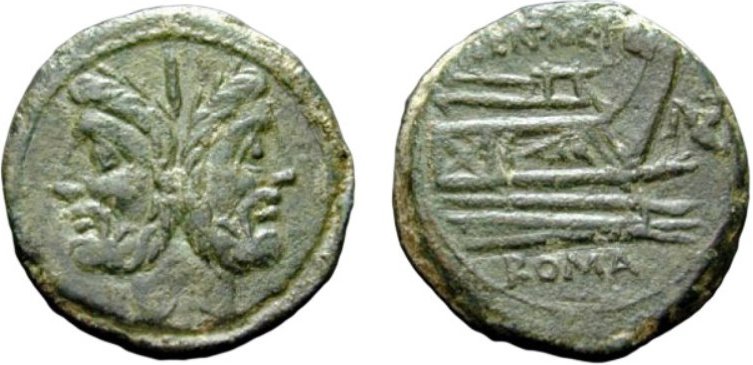
.jpg)

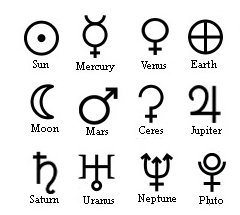
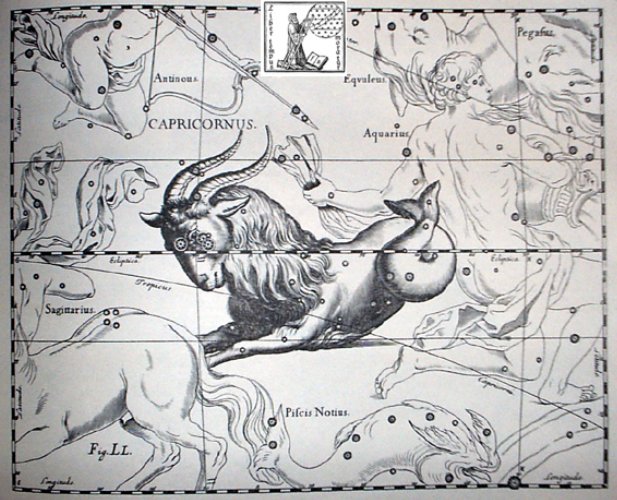

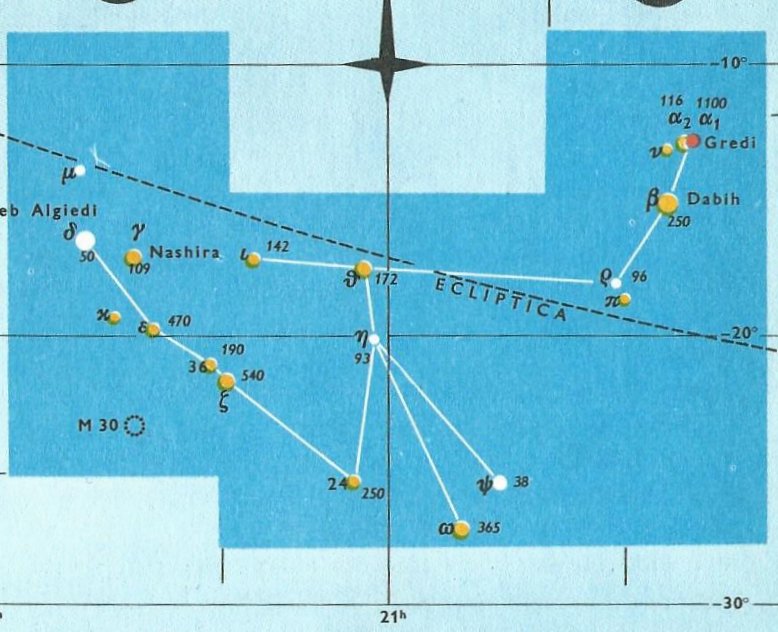


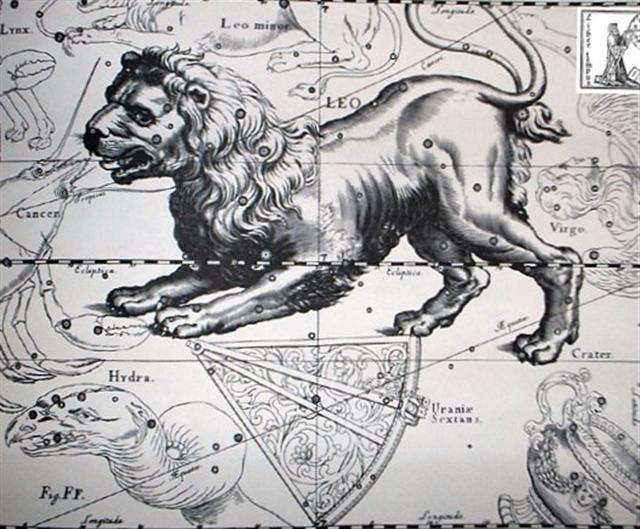

.jpg)



